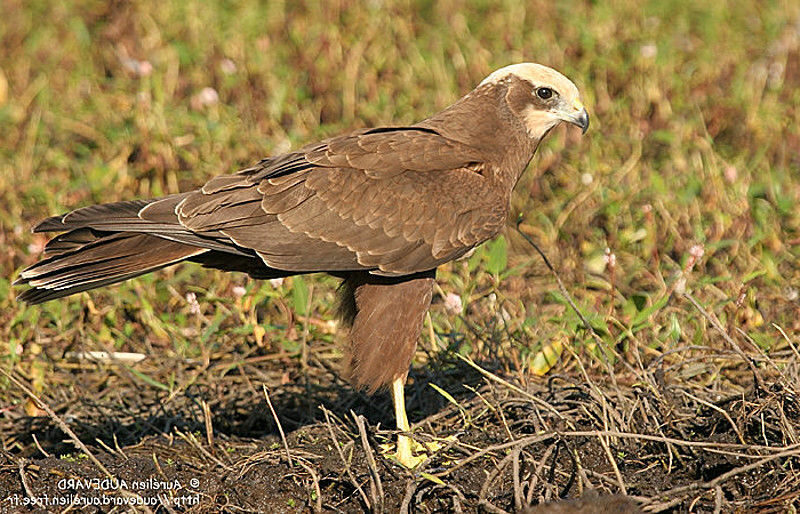Circus aeruginosus
![]()
![]()
![]()
The marsh harrier is a bird of prey that is widely distributed in Eurasia, from Western Europe to Central Asia and North Africa. Its distribution in France is fairly fragmented and depends on the habitats available. The marsh harrier is closely linked to marshy wetlands. It nests on the ground in large reedbeds or in cultivated cereal fields. It hunts small mammals and birds by flying low over the vegetation, and can also capture gulls and waterfowl on ponds.
Persecuted by humans until the middle of the 20th century, the marsh harrier saw its European populations decline until it became extinct in the United Kingdom. Since the 1970s, however, the species has been increasing and expanding again.
Most Marsh Harriers breeding in France are sedentary, although there may be some winter movements additionnally to passing of migratory individuals from Eastern Europe. Harriers are regularly seen at sea during migration.Their flapping flight enables them to cross very large maritime areas such as the English Channel or the Mediterranean Sea in their middle. Harriers are captured along the coast or on the Breton islands, in their nesting territory, using vertical nets.They are fitted with 15g GPS tags that transmit the birds’ geographical position and altitude live via the 4G network. This will make it possible to study the birds’ movements along the coast and potentially towards southern Europe, particularly in winter.

